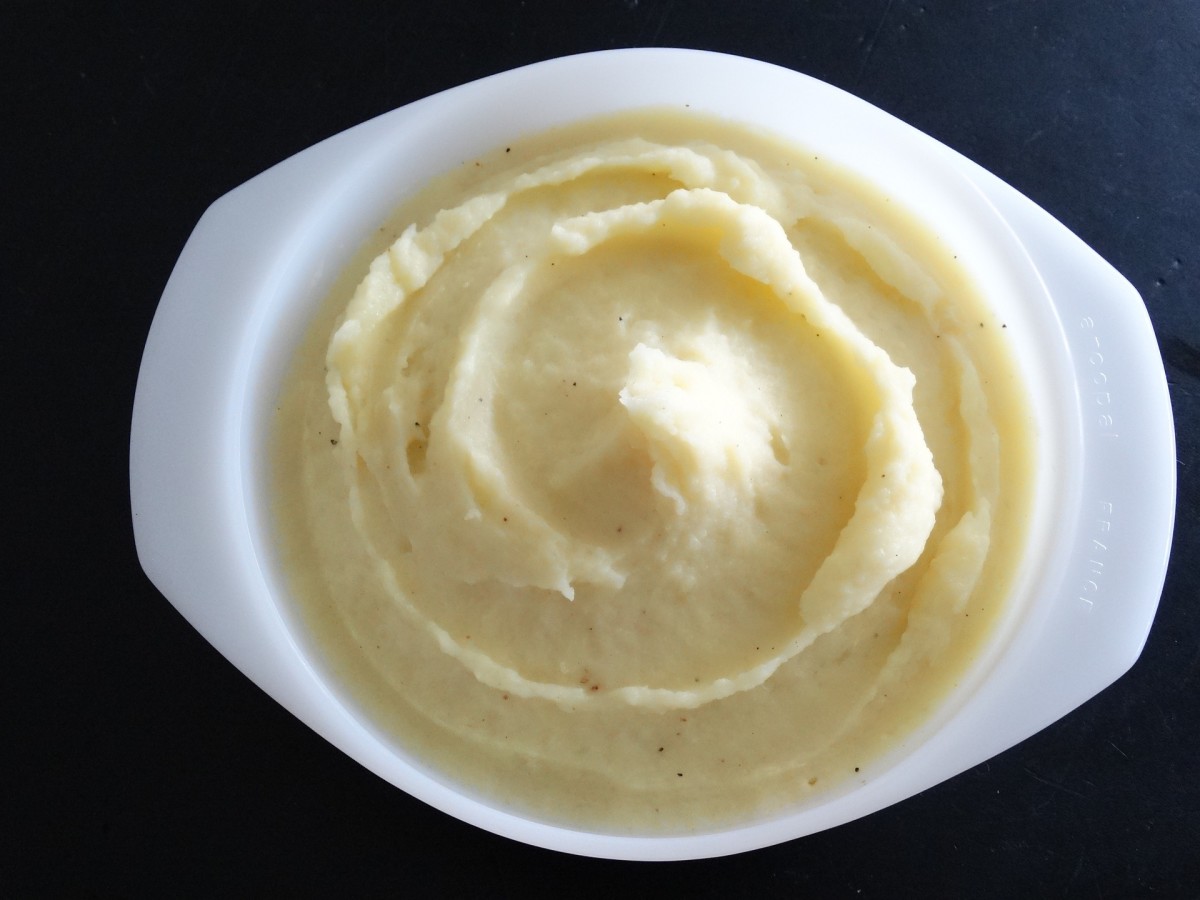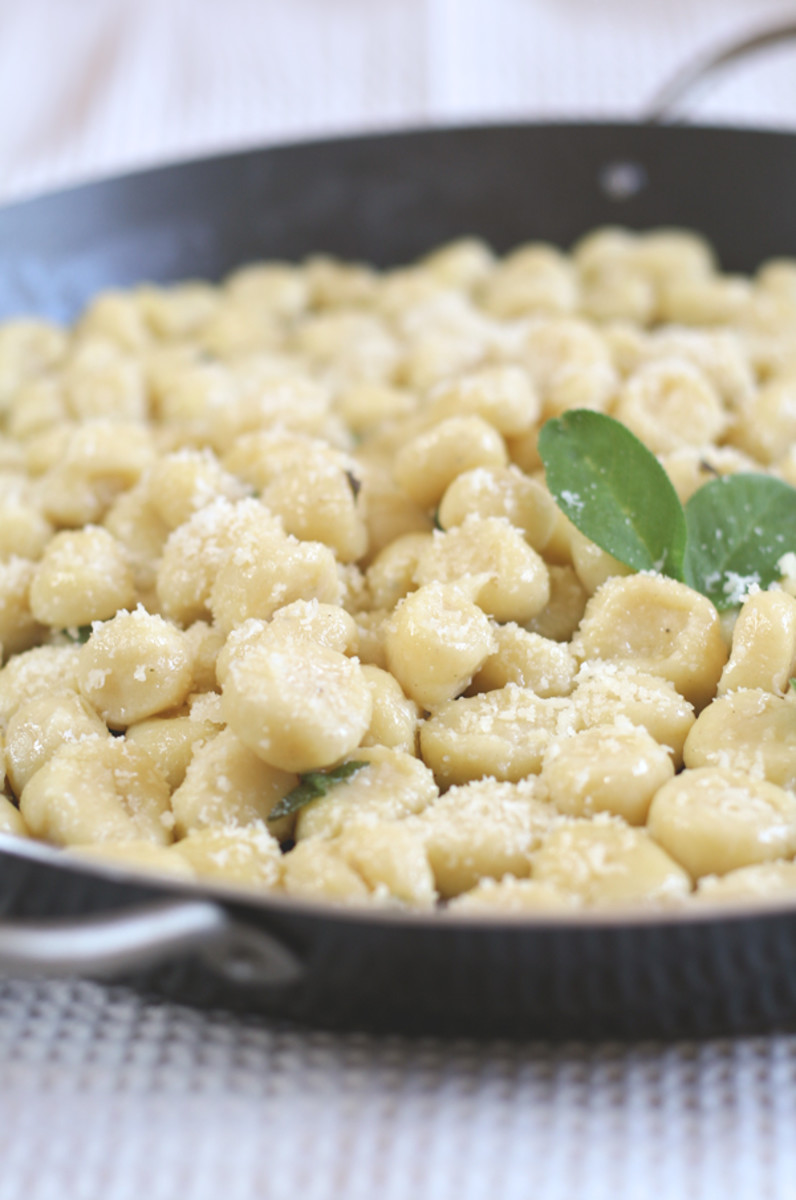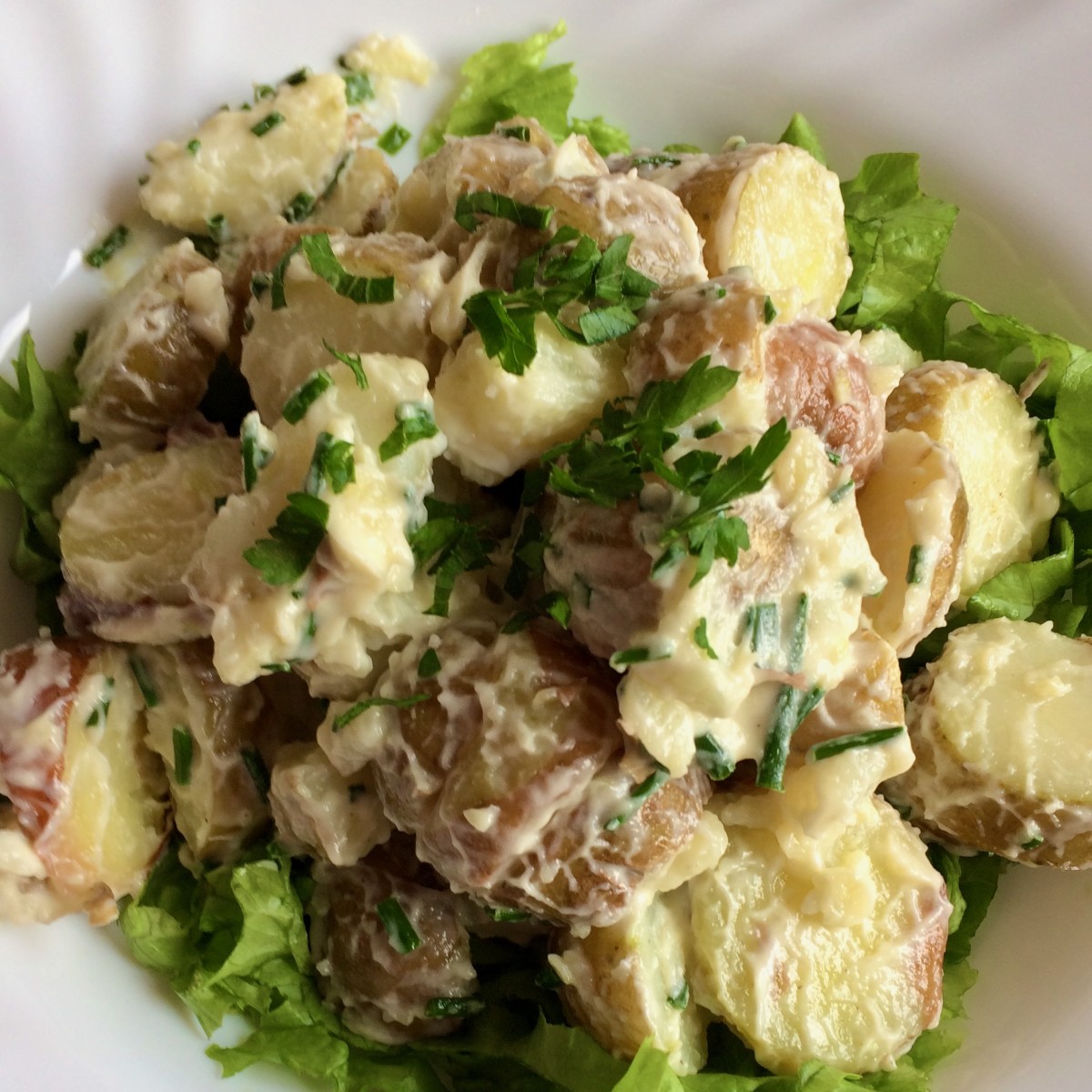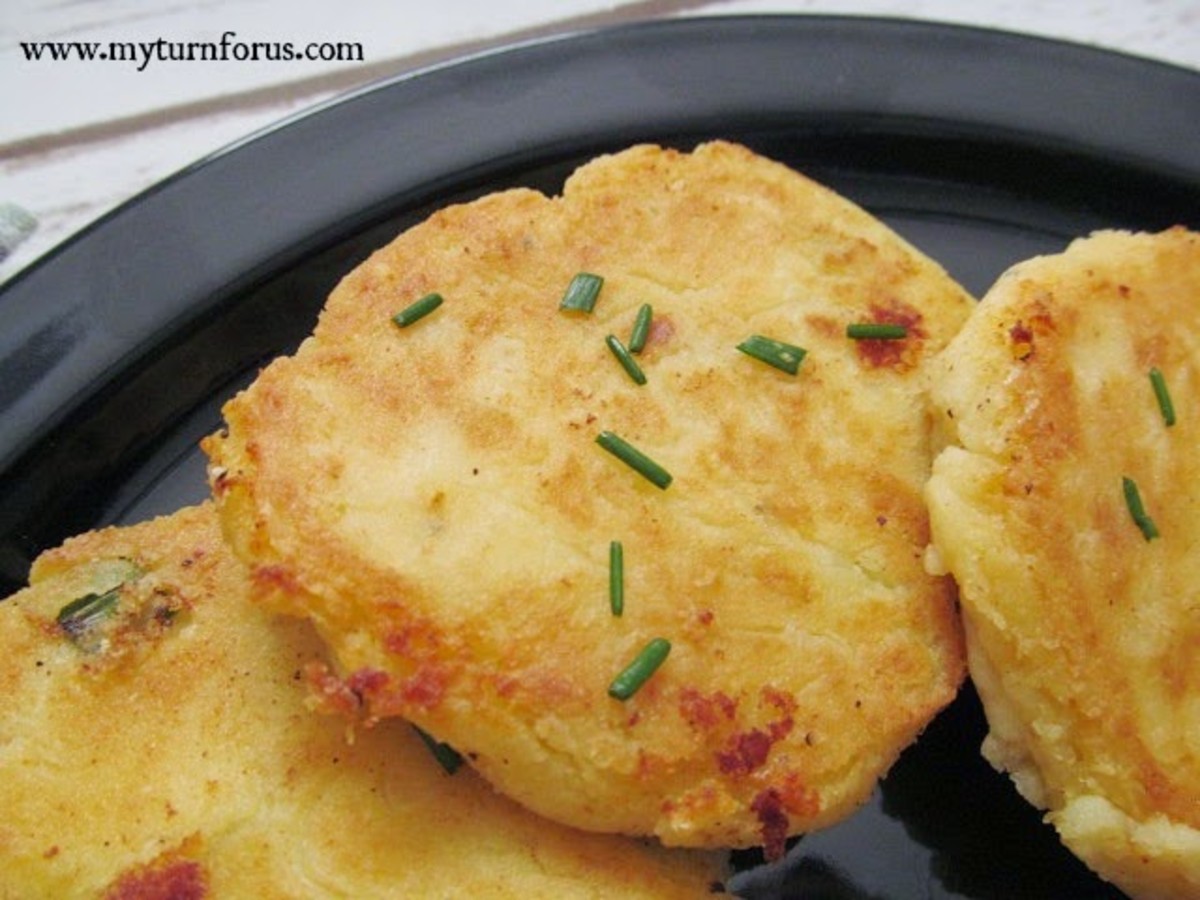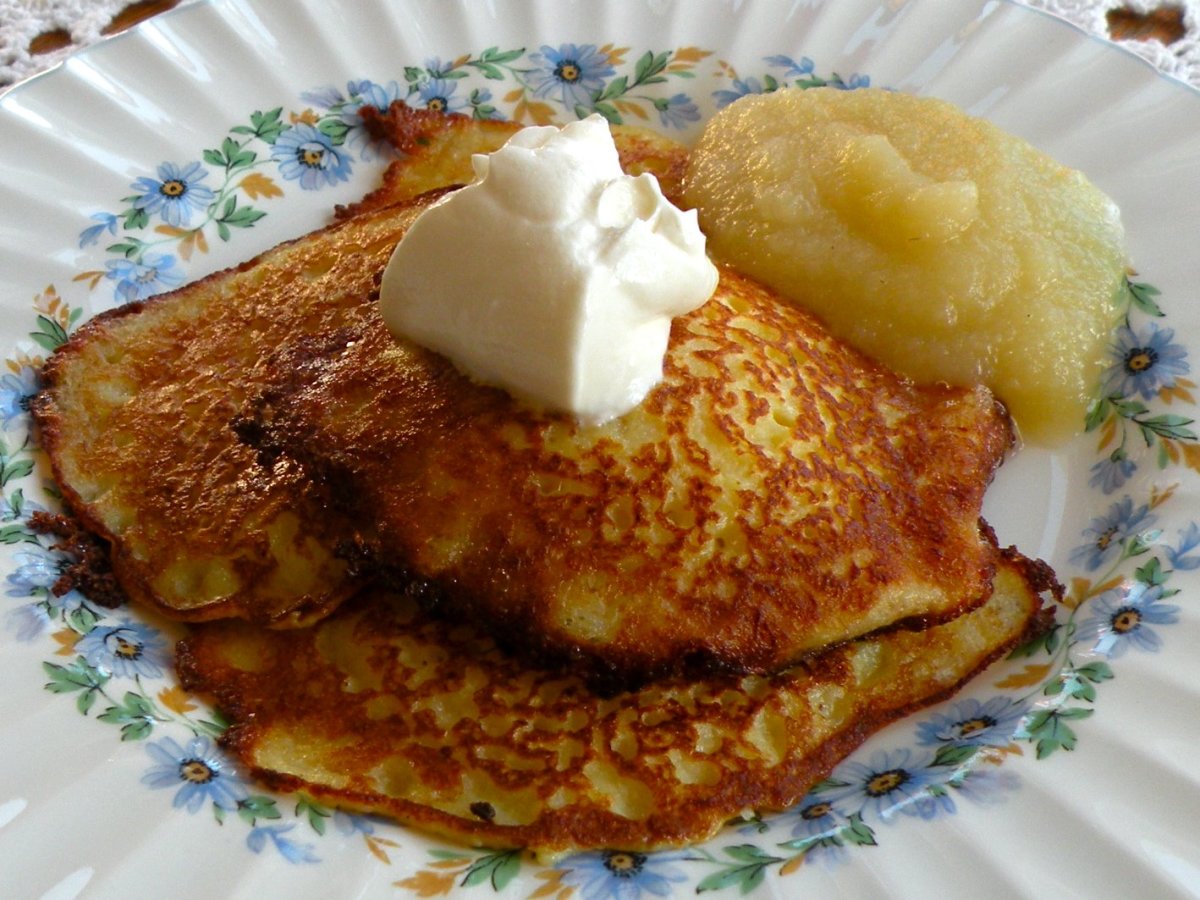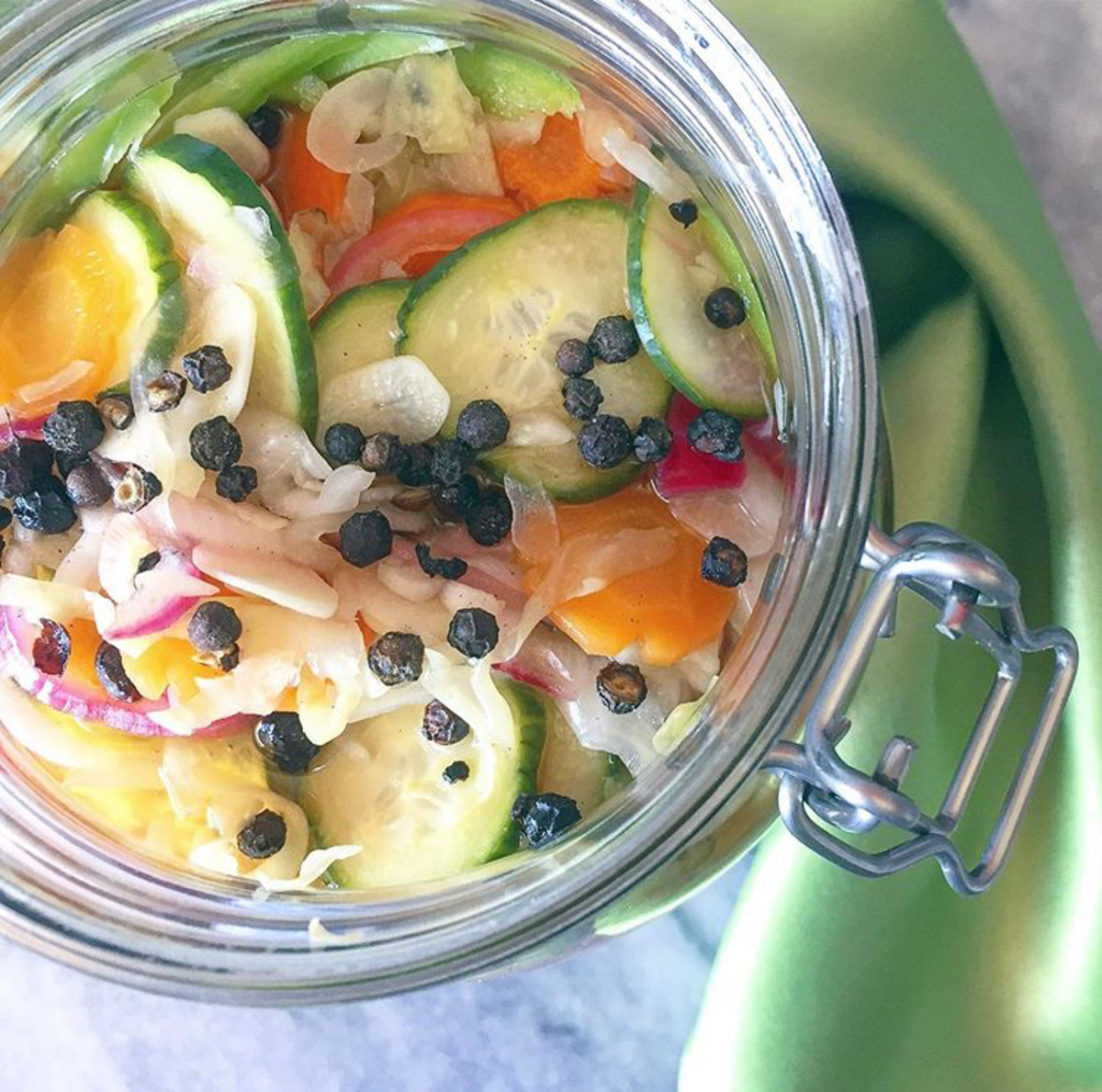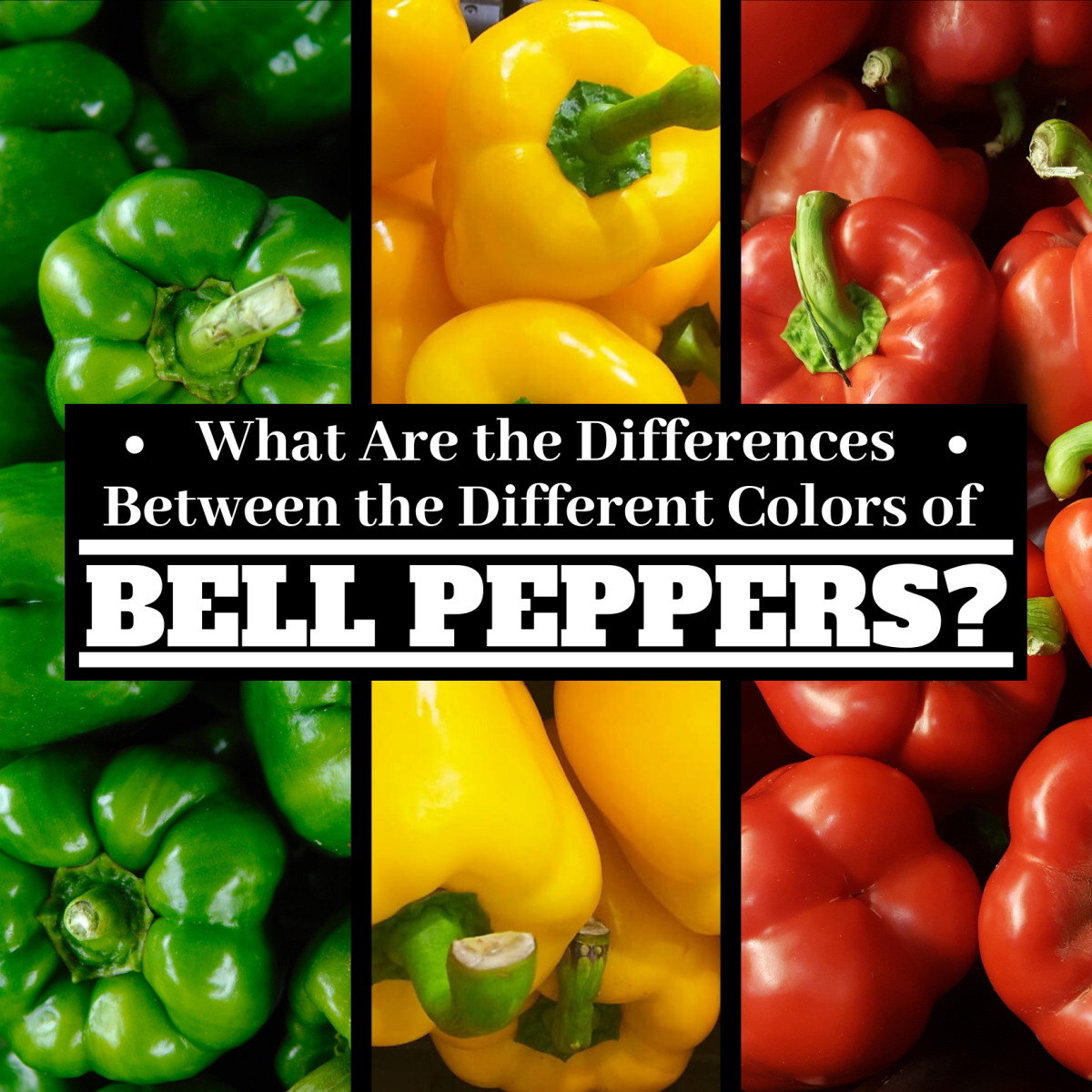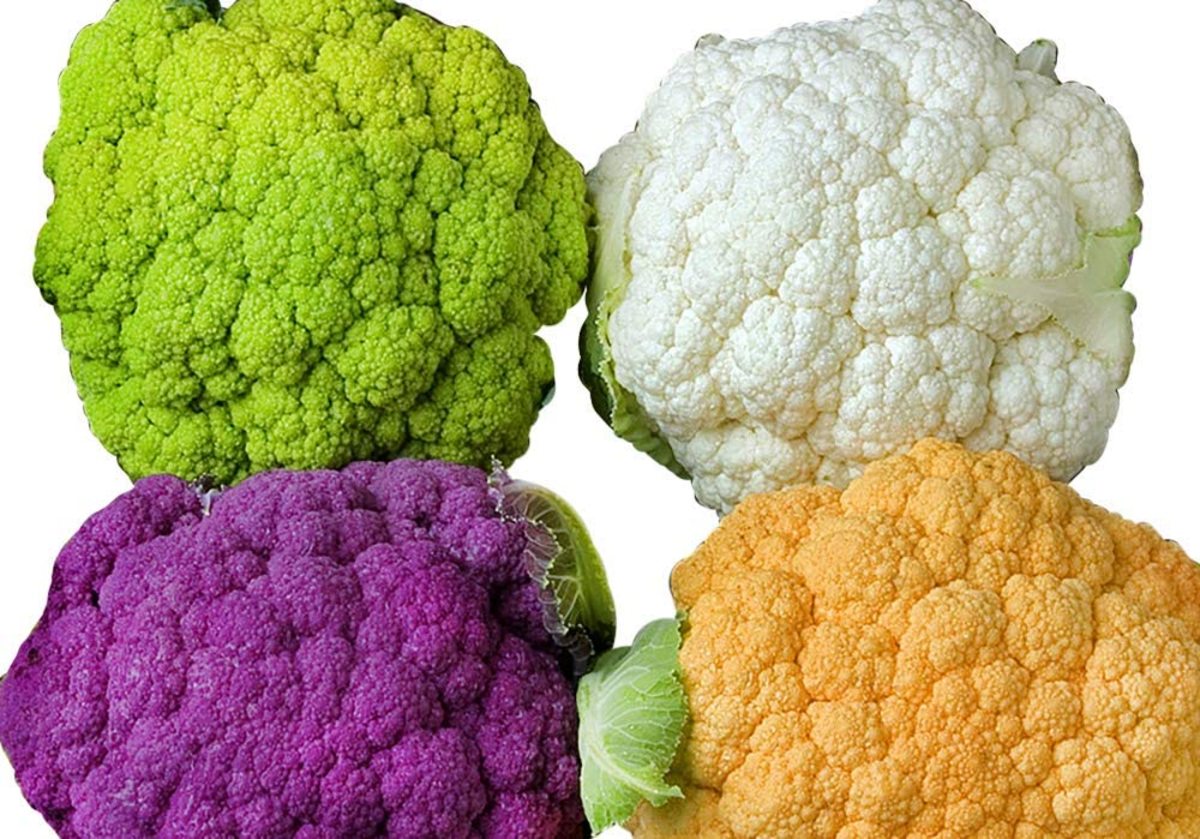Potato Facts
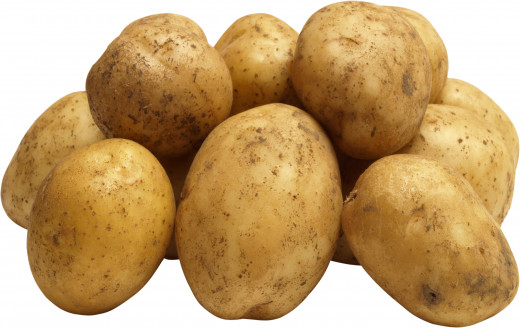
The potato, considered one of the main food staple we eat almost every day. It mostly contains carbohydrate, is eaten around the world now and is the main ingredient in over 406,000 recipes on the Internet. Yes, it is the tasty yet humble potato, which was was first cultivated in the South American Andes Mountains over 4,000 years ago, and a regular potato contains about 80 per cent water and 20 per cent starch.
According to http://www.thehotpotato.com, a medium sized potato contains 3g of protein, 0g of fat, and 22g of carbohydrates. As for calories, one medium sized potato can contain about 100 calories if you bake or boil it without any fat. Besides being free from fat and cholesterol, this humble food is also high in potassium, vitamin C and B6, and a good source of dietary fibre.
Contrary to popular notion, it is not the potato skin but the potato itself that contains the majority of nutrients. Nevertheless, leaving the skin on the potato retains all the nutrients and fibre in the skin. By leaving the skin on potatoes it also makes them easier to prepare, according to http://www.potatoes.com.
There are around 20 varieties of potatoes, with the sweet potato belonging to the same family as morning glories while the white potato belongs in the same category as eggplant, tomatoes, tobacco, chili pepper and the petunia.
Although the potato is such a common food, it does contain toxic compounds - glycoalkaloids - the more prevalent being solanine and chaconine. Solanine can also be found in other plants (mostly from the deadly nightshade family), which includes a minority of edible plants such as potatoes and tomatoes, as well as more dangerous plants like tobacco.
The concentration of glycoalkaloids found in wild potatoes are enough to produce toxic effects in humans; affecting the nervous system causing weakness and confusion. It may cause headaches, diarrhea, cramps, and in severe cases coma and even death. Usually when exposure to light causes to green, it can be used as a visual clue to areas of the tuber that may have become more toxic. However, this cannot be used as a definite guide because greening and glycoalkaloid accumulation can occur independently of each other. Nonetheless, poisoning from potatoes occurs very rarely and cooking at high temperatures (over 170 °C or 340 °F) usually destroys the glycoalkaloids.
On a lighter note, the potato was used as a fashion accessory by both France's Louis XVI and his queen, Marie Antoinette. They liked to wear potato blossoms, he in his buttonhole and she in her hair!

